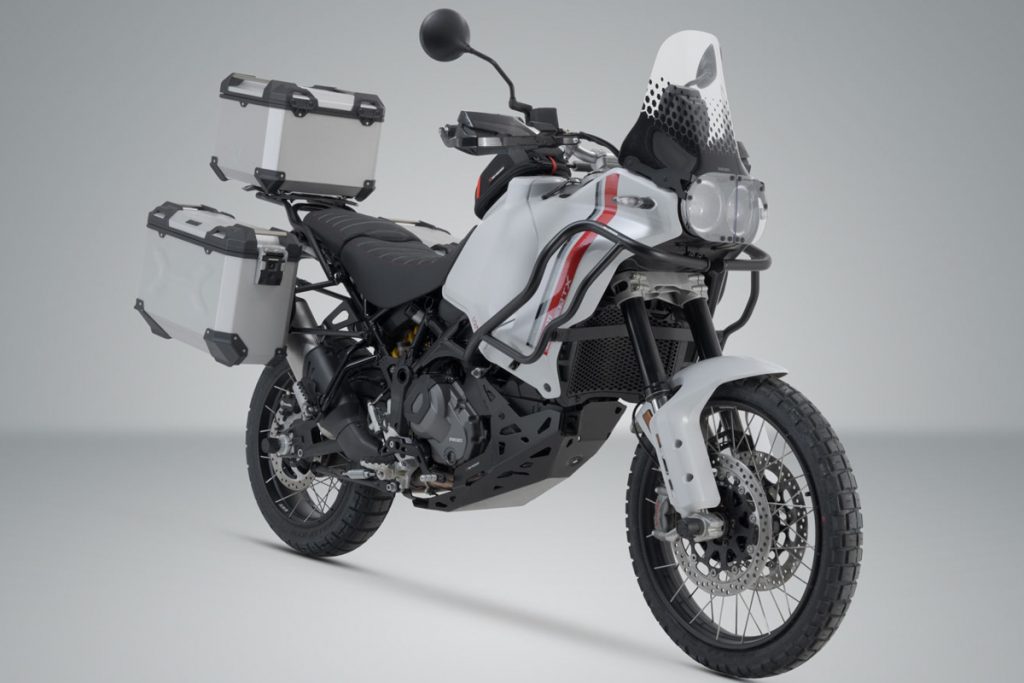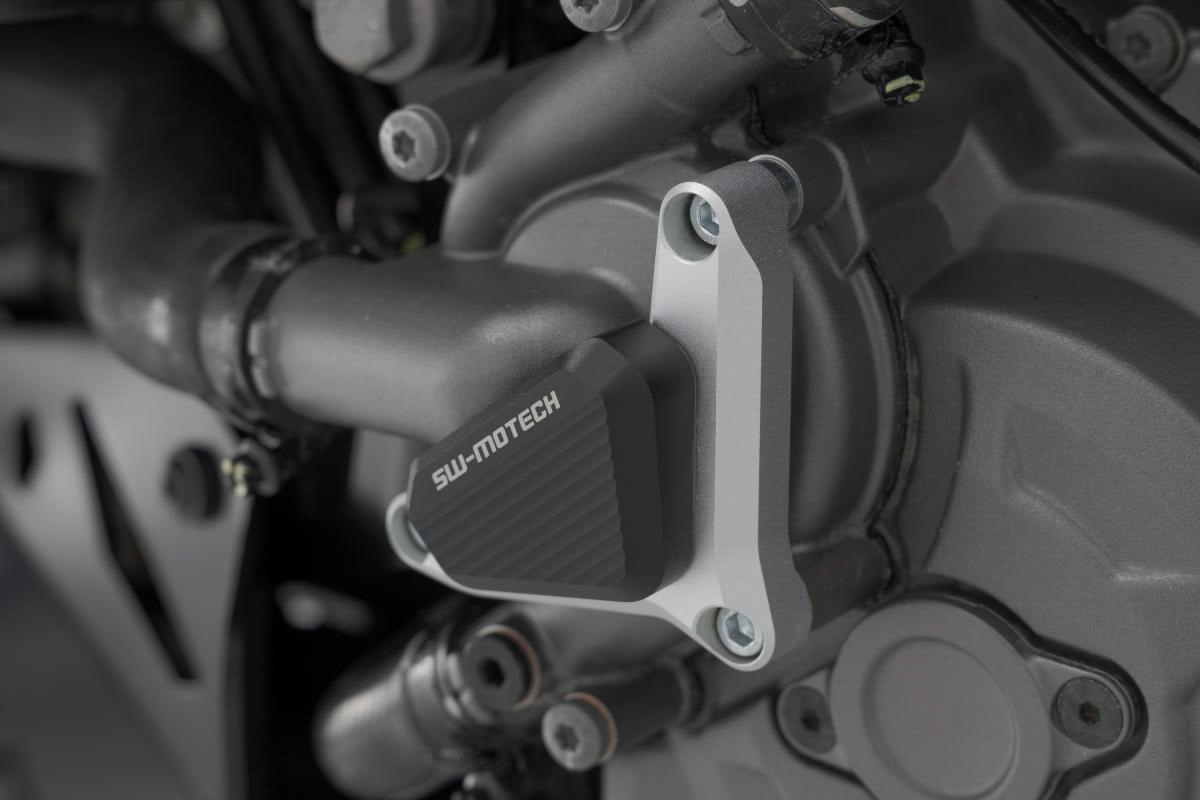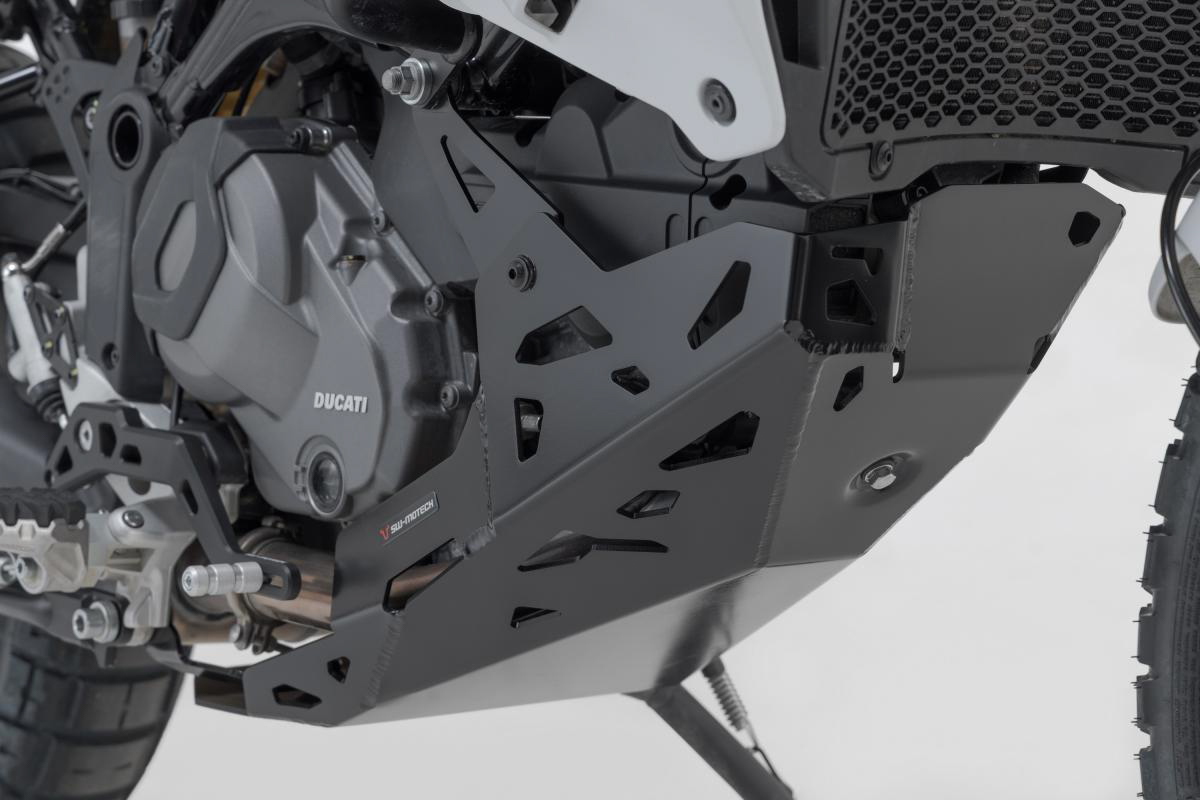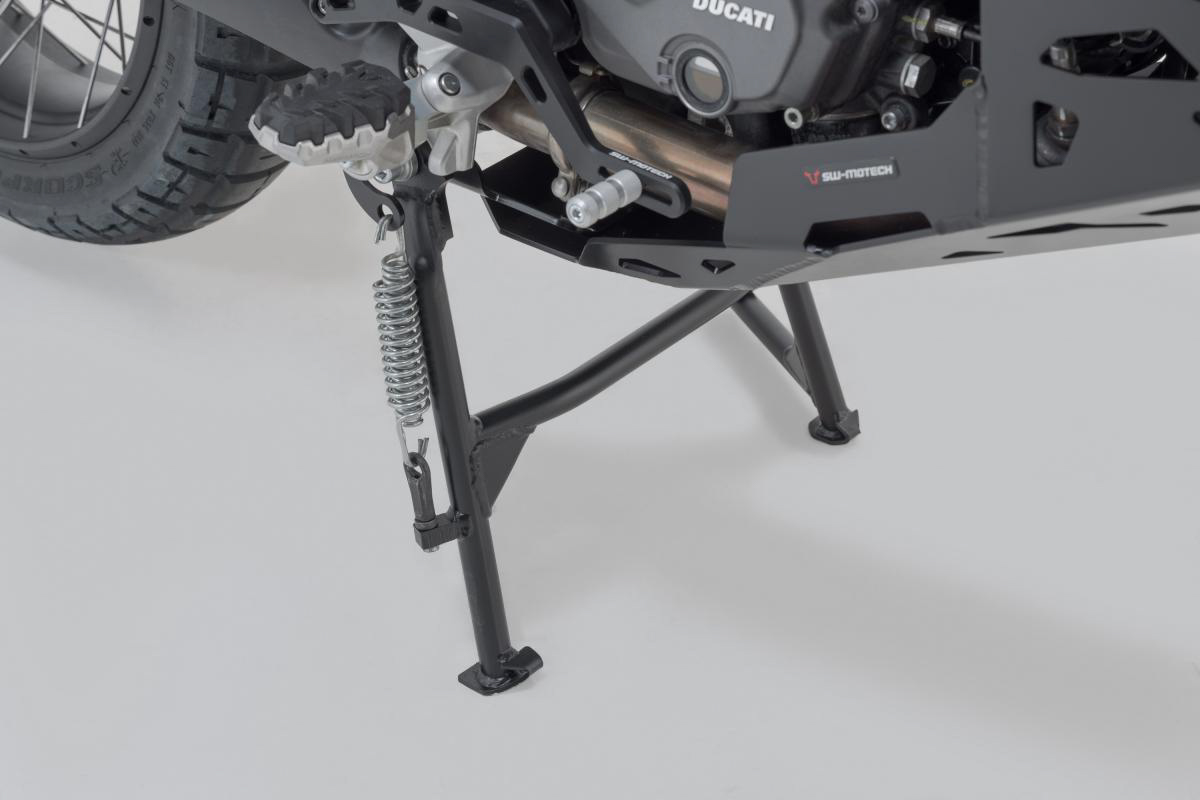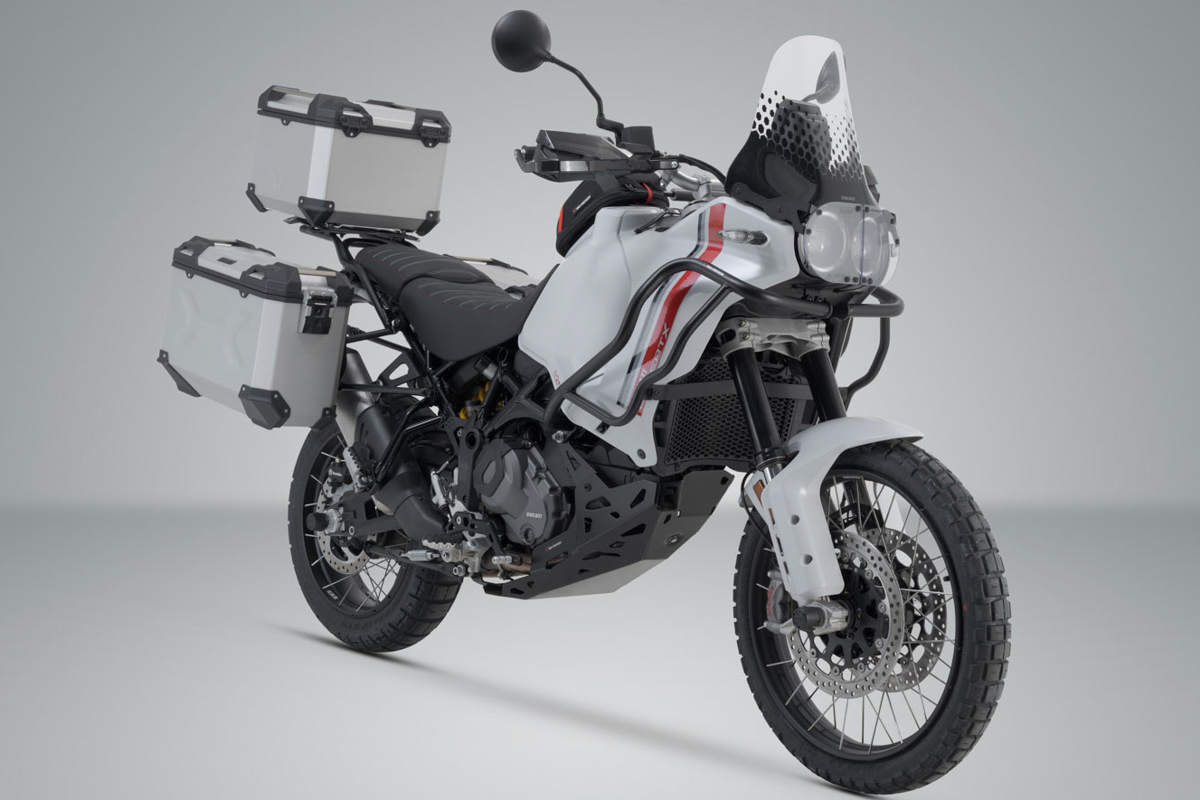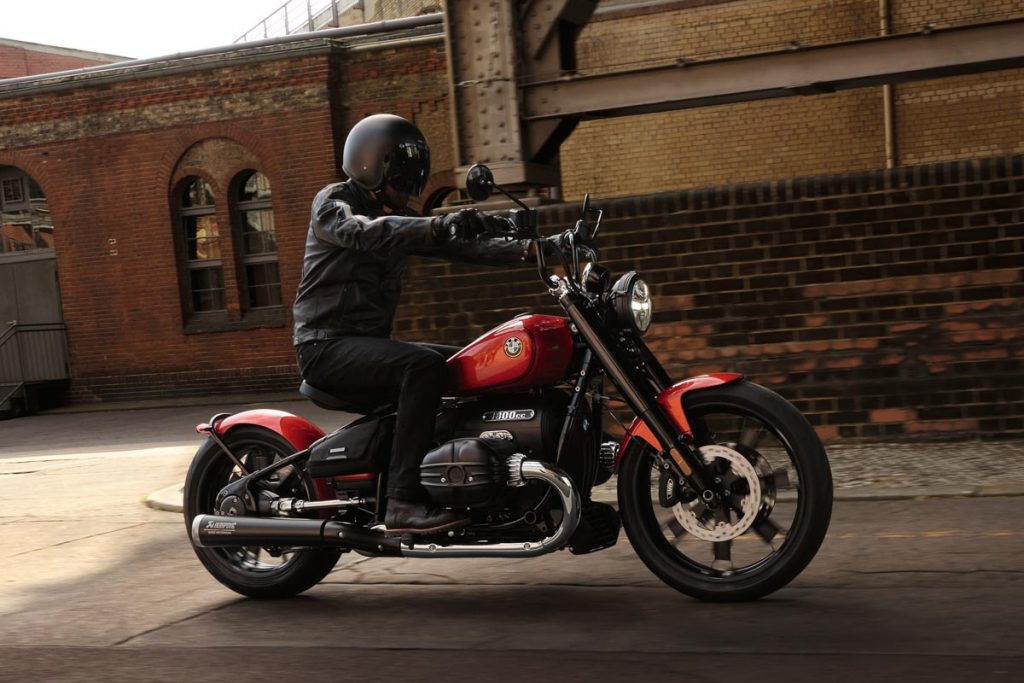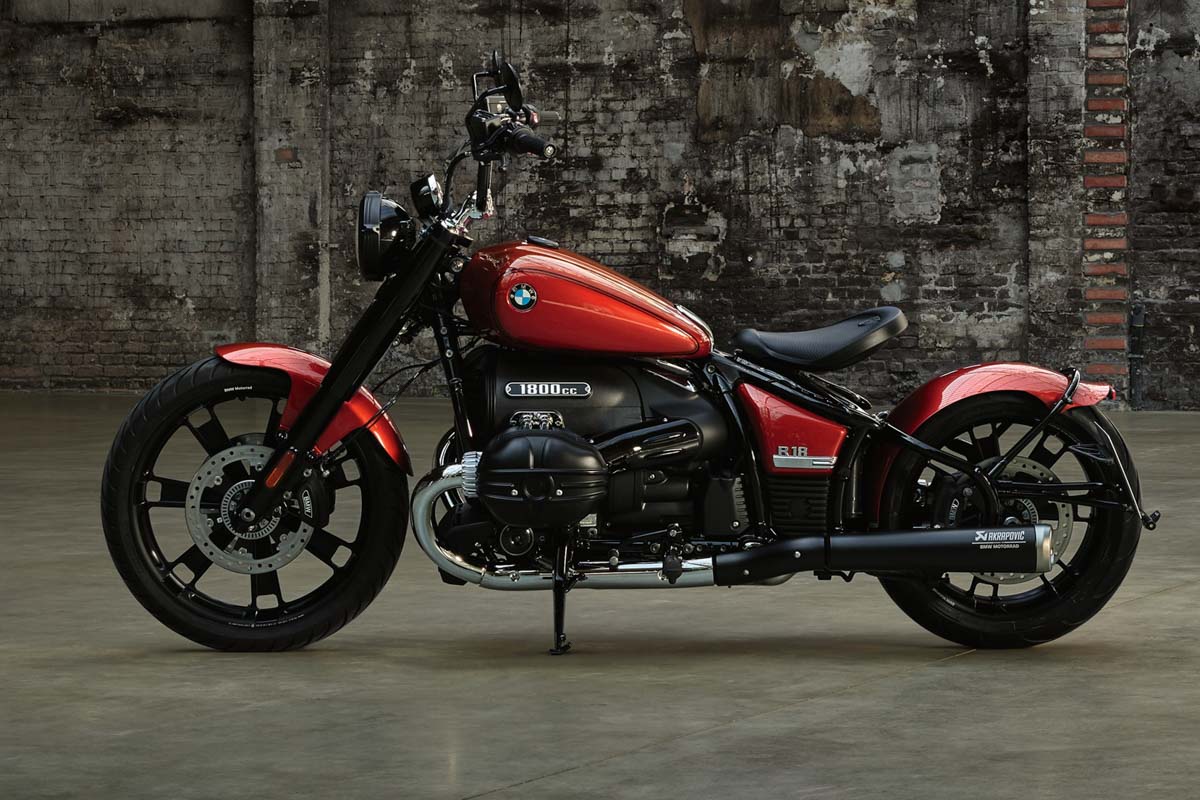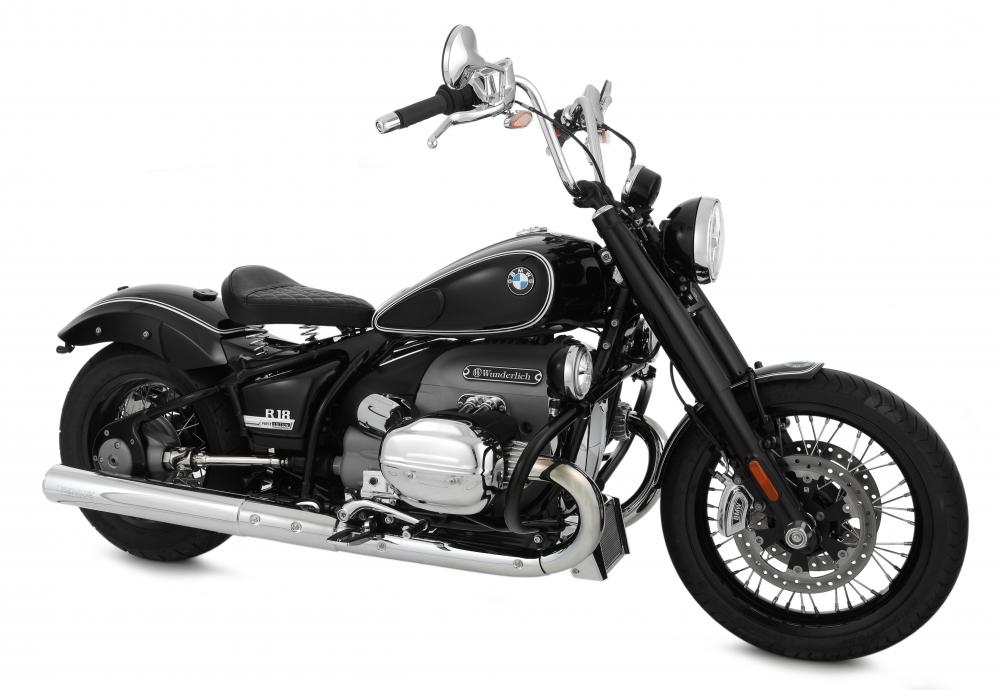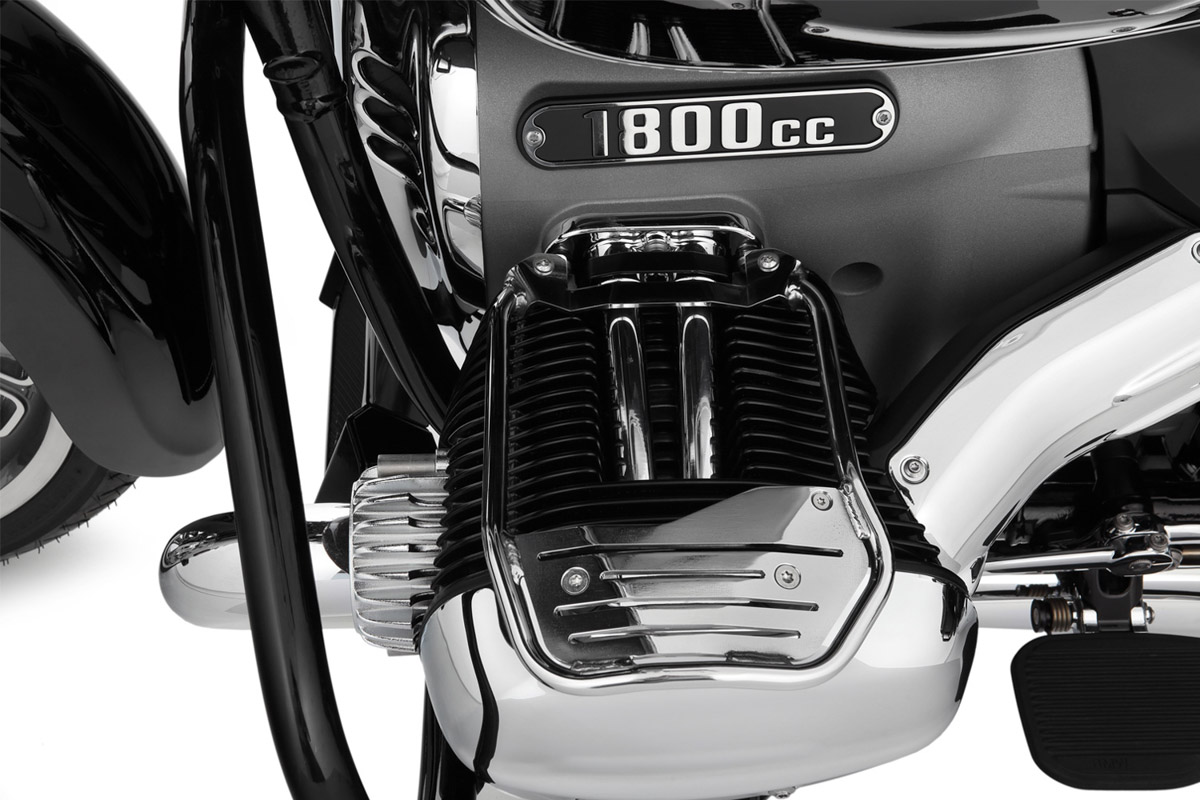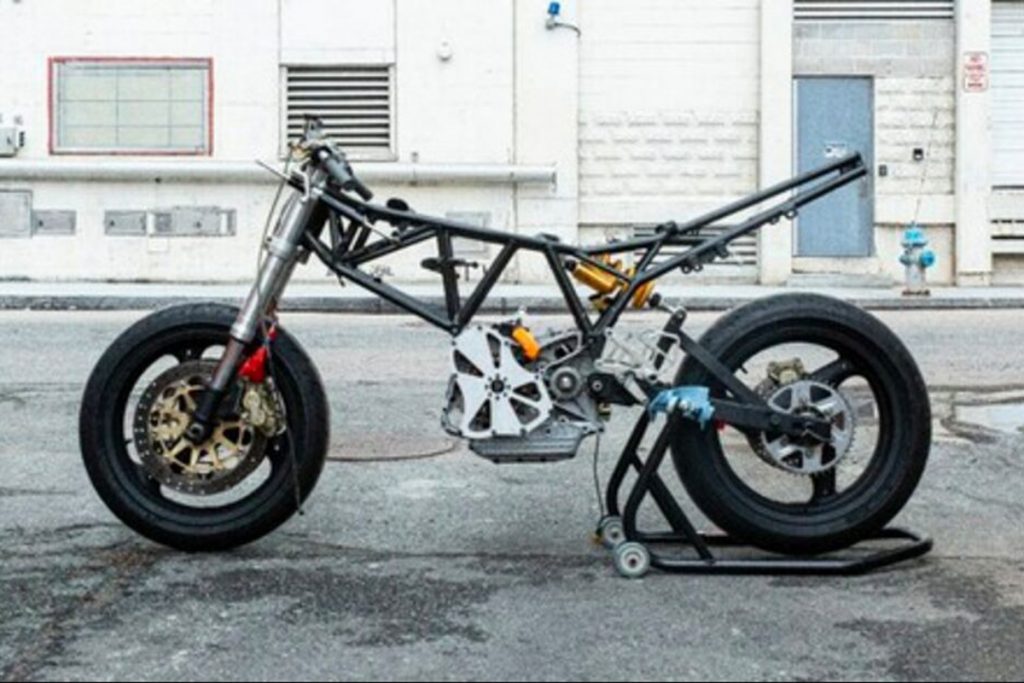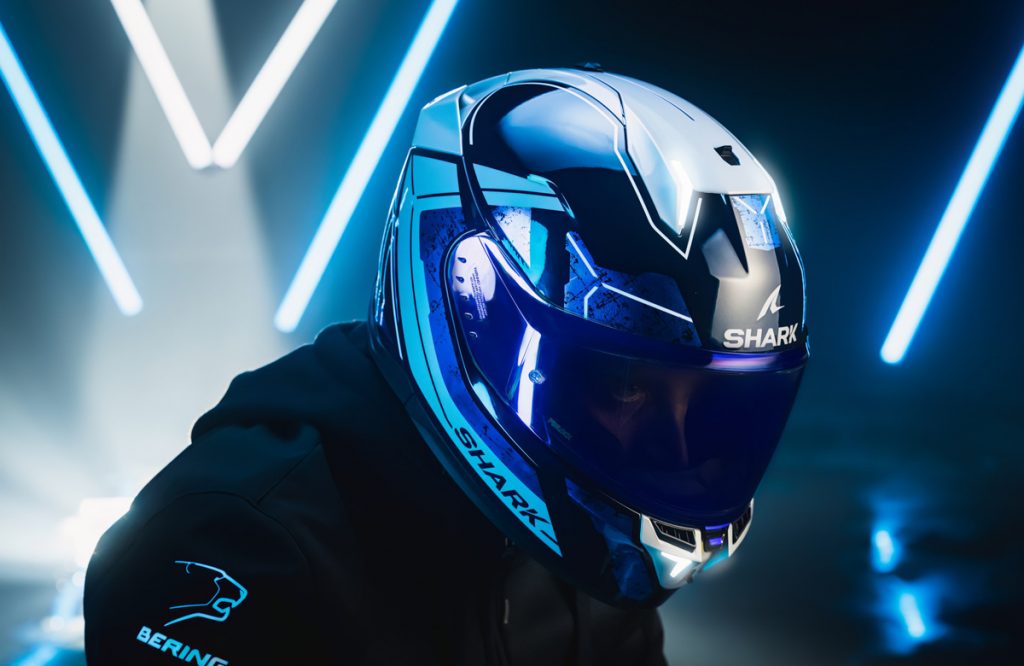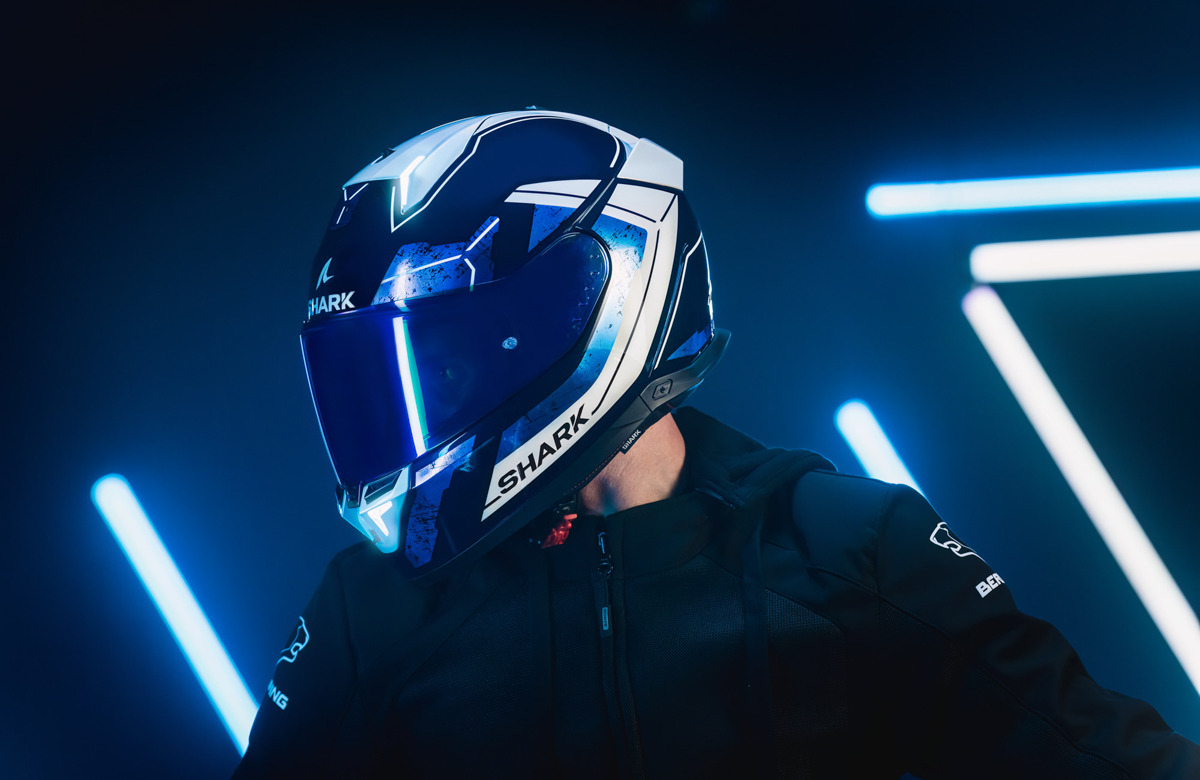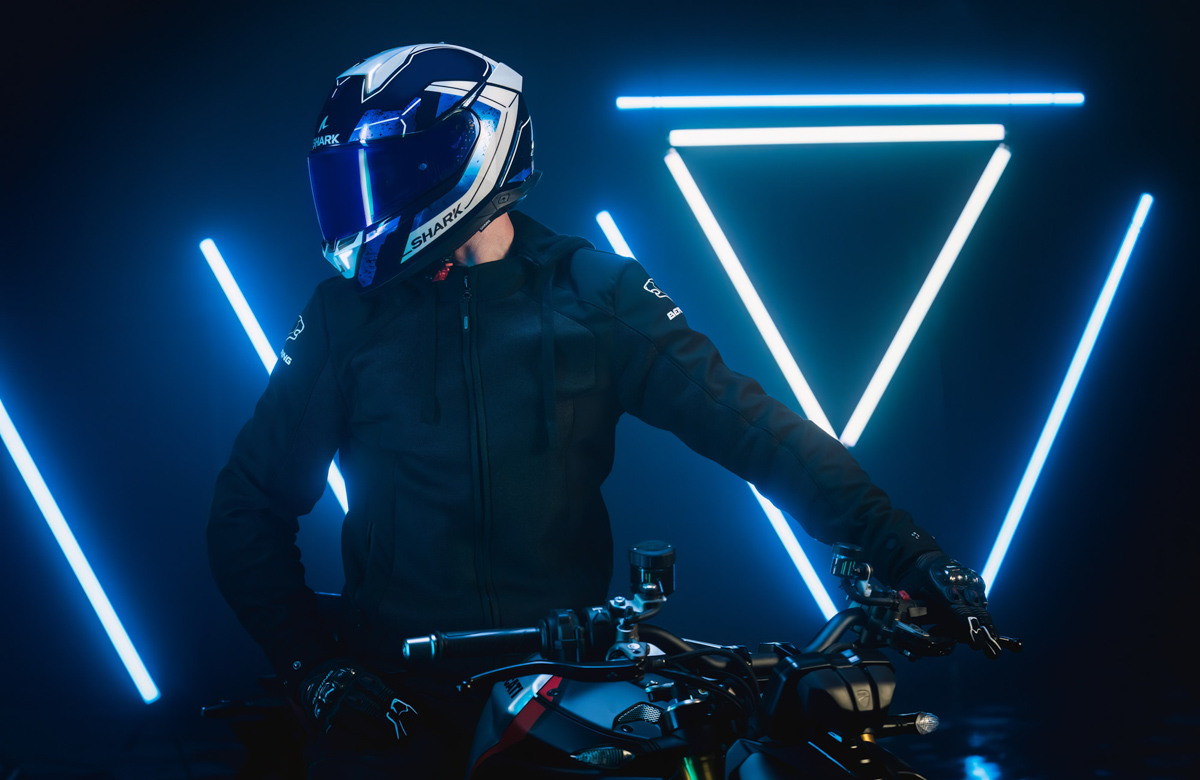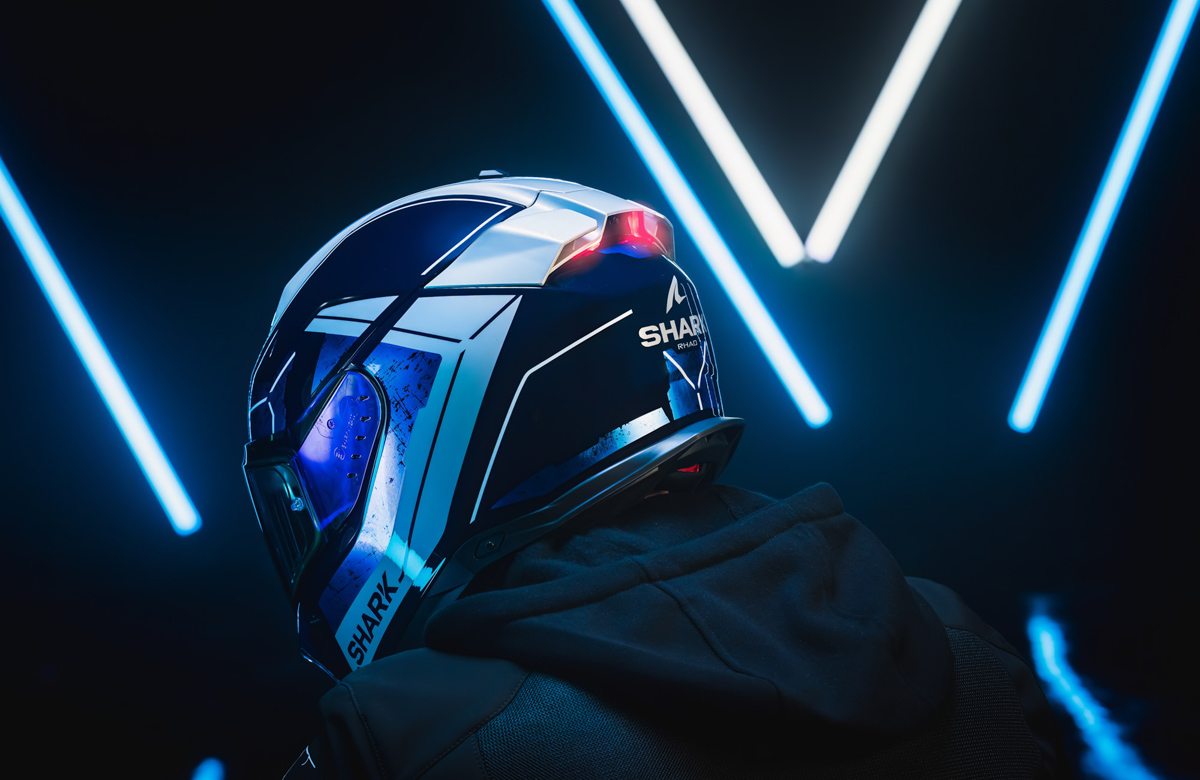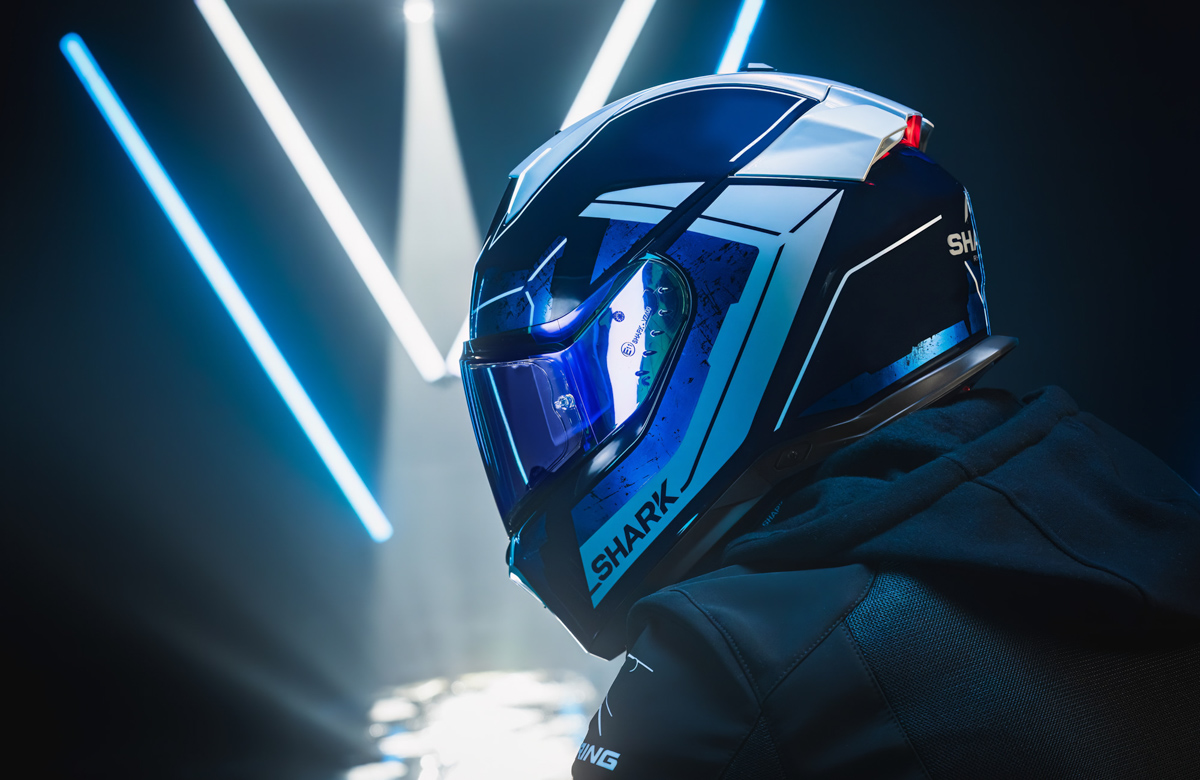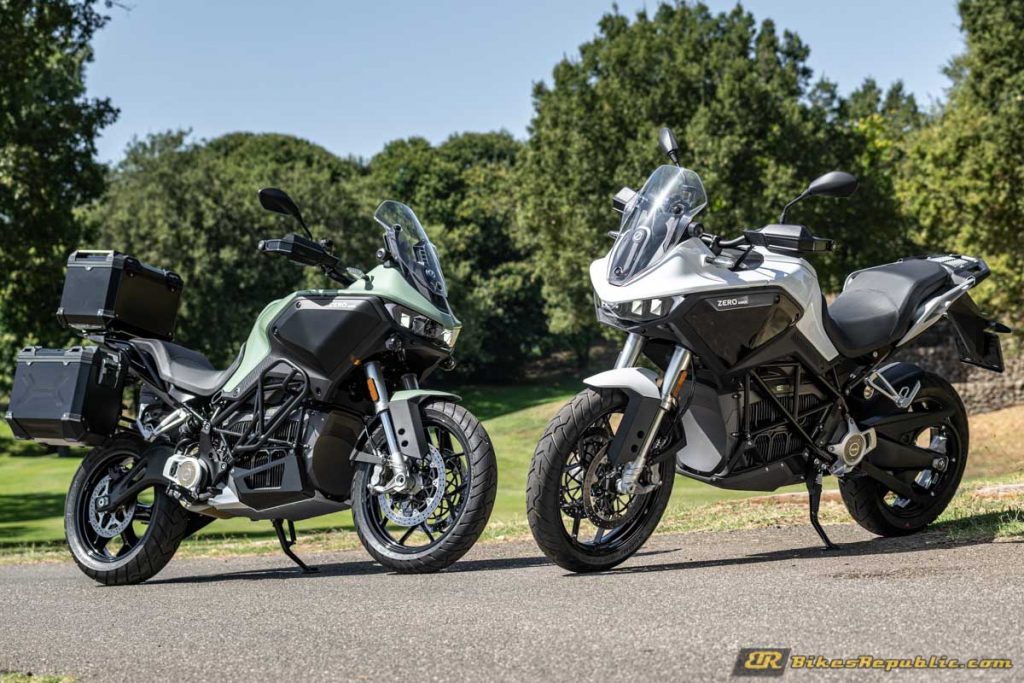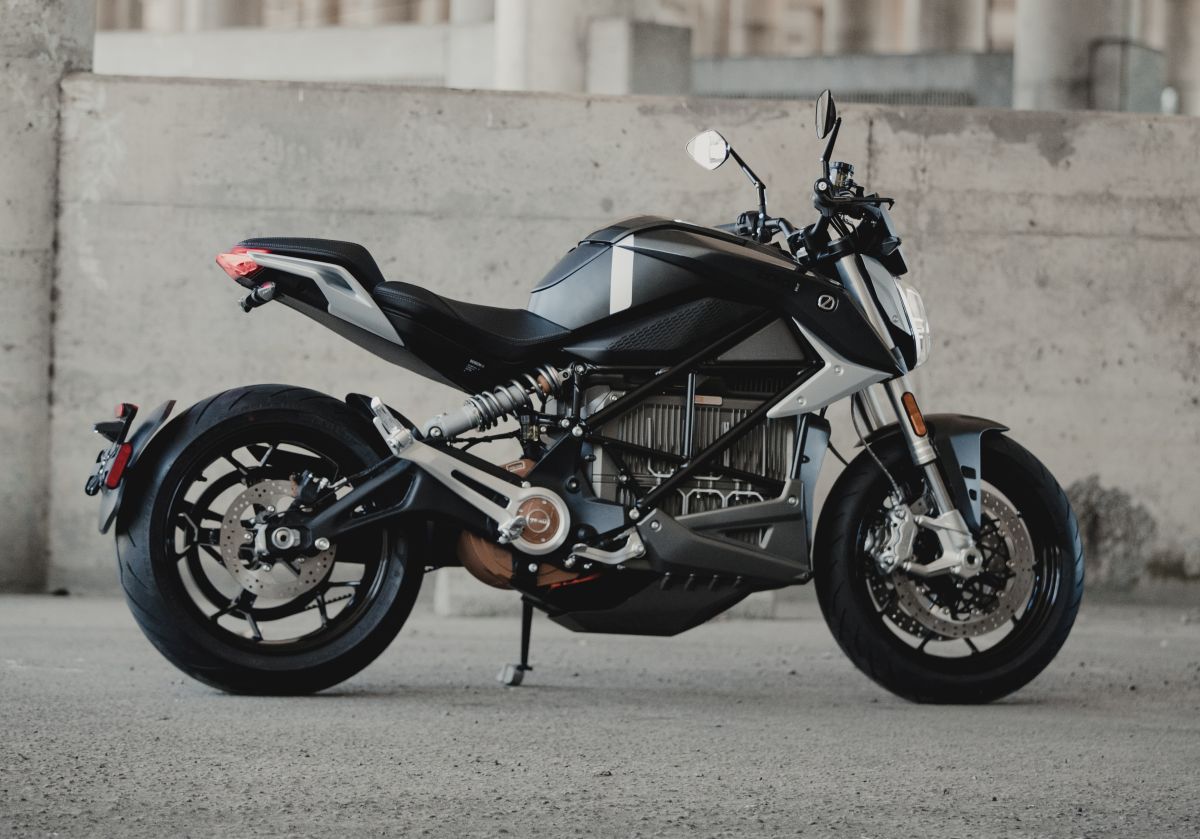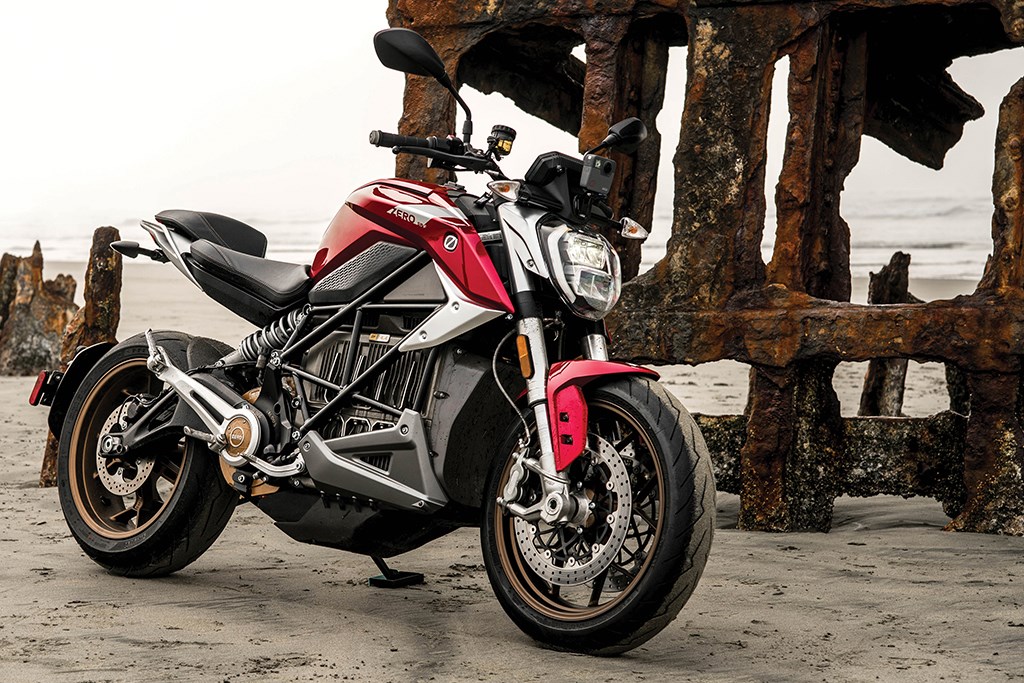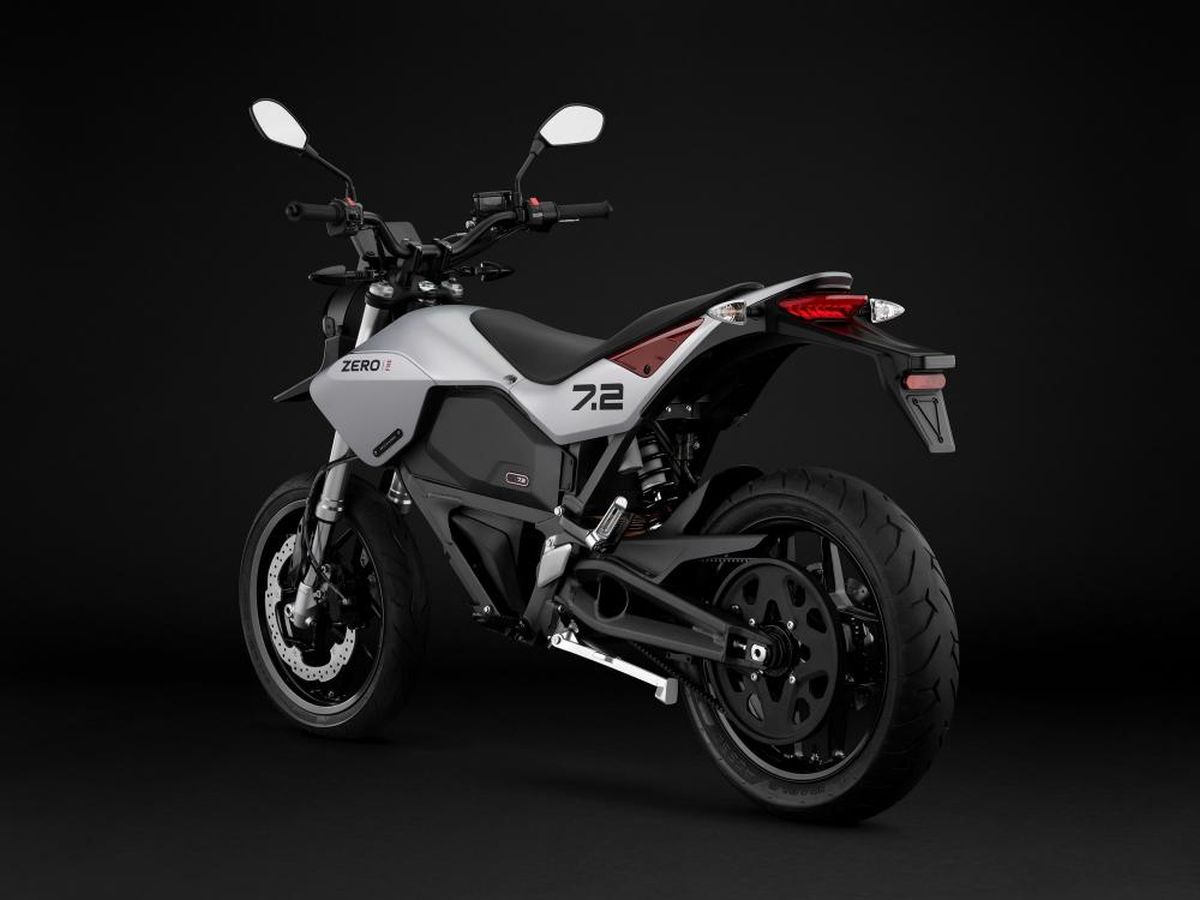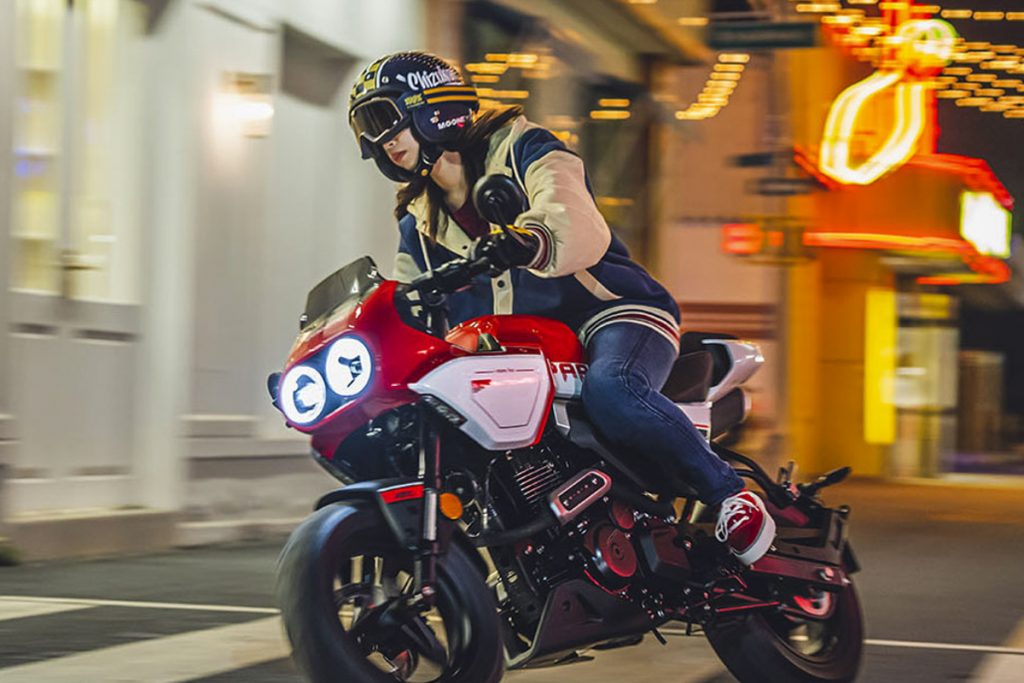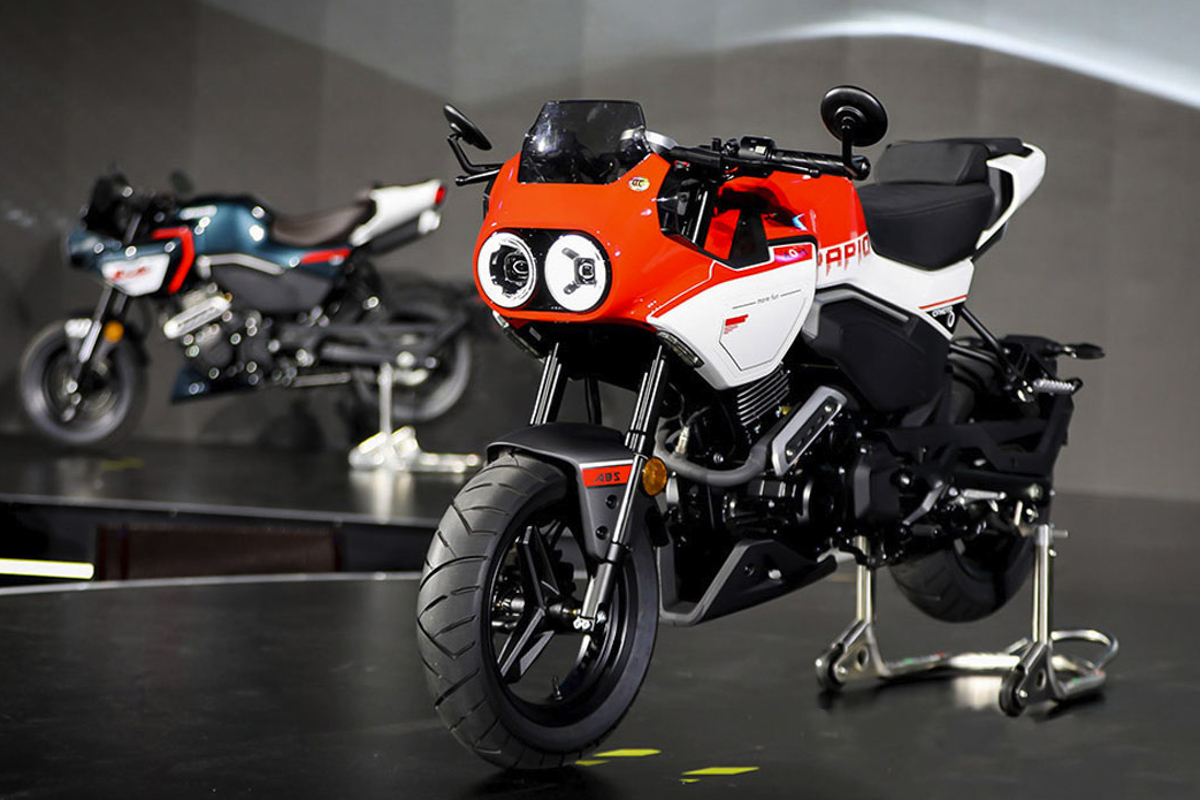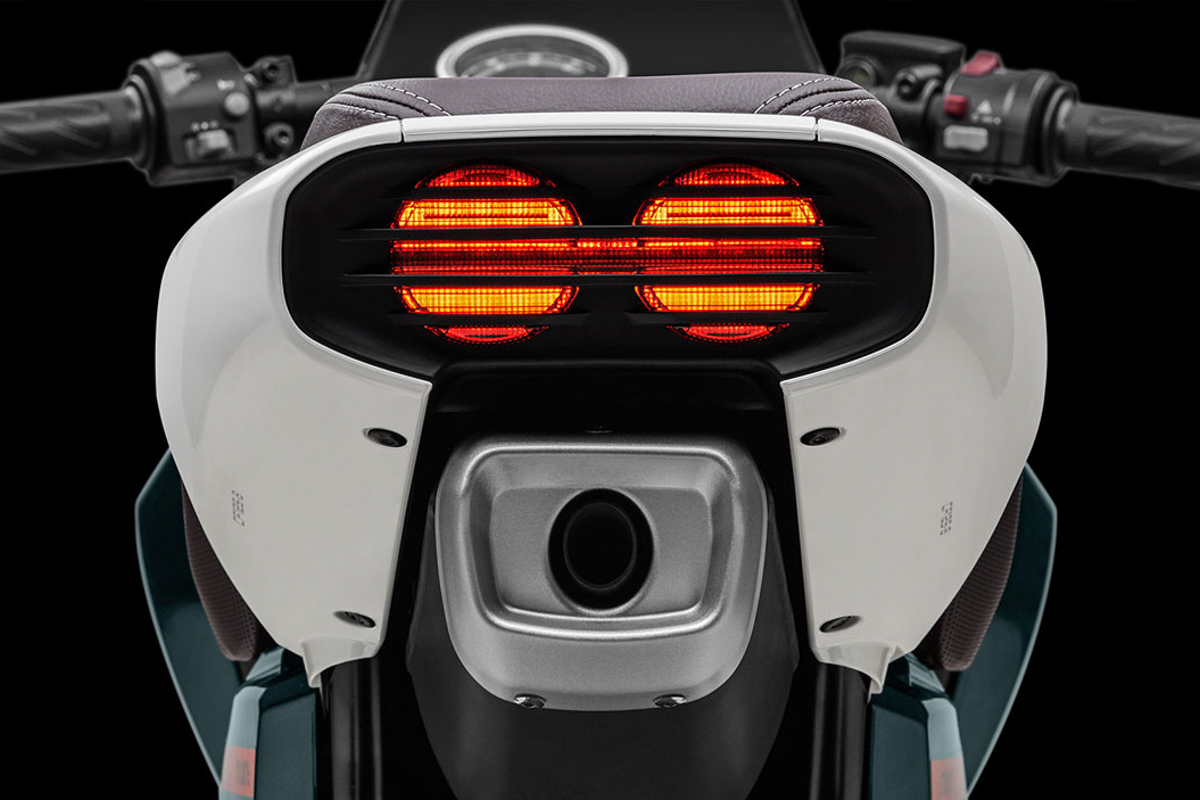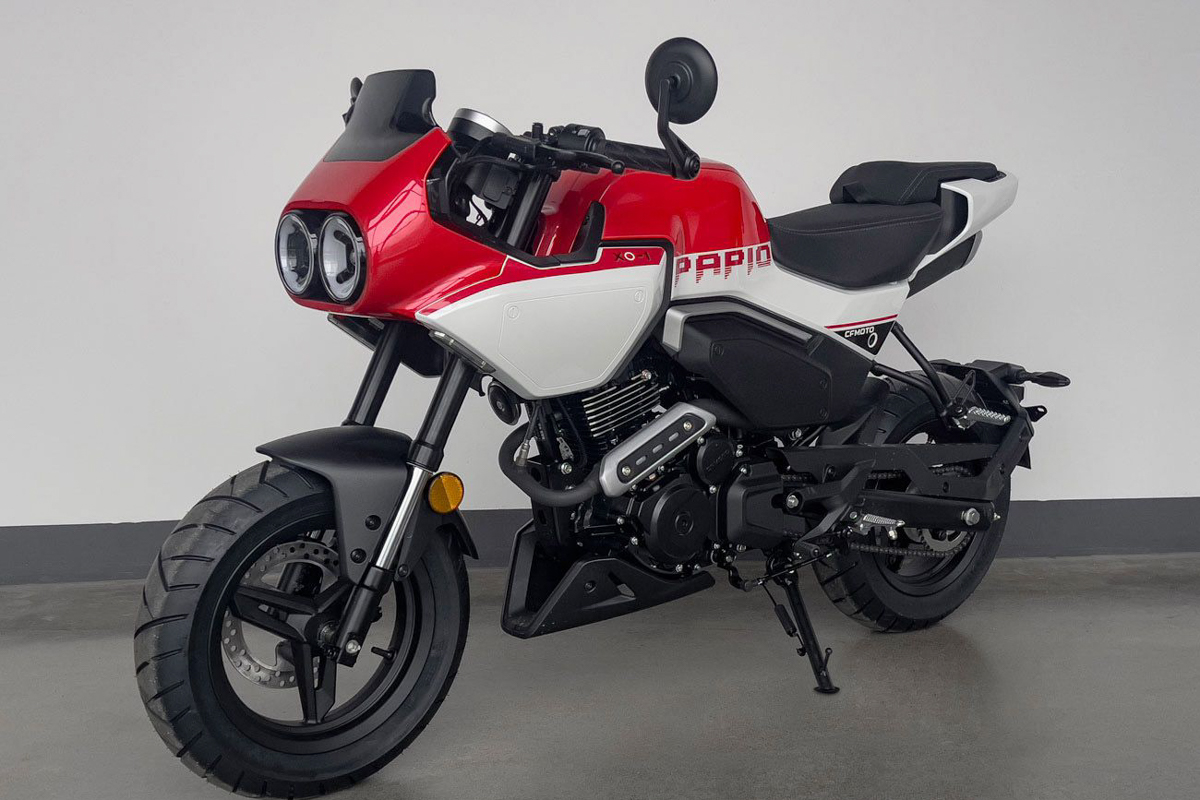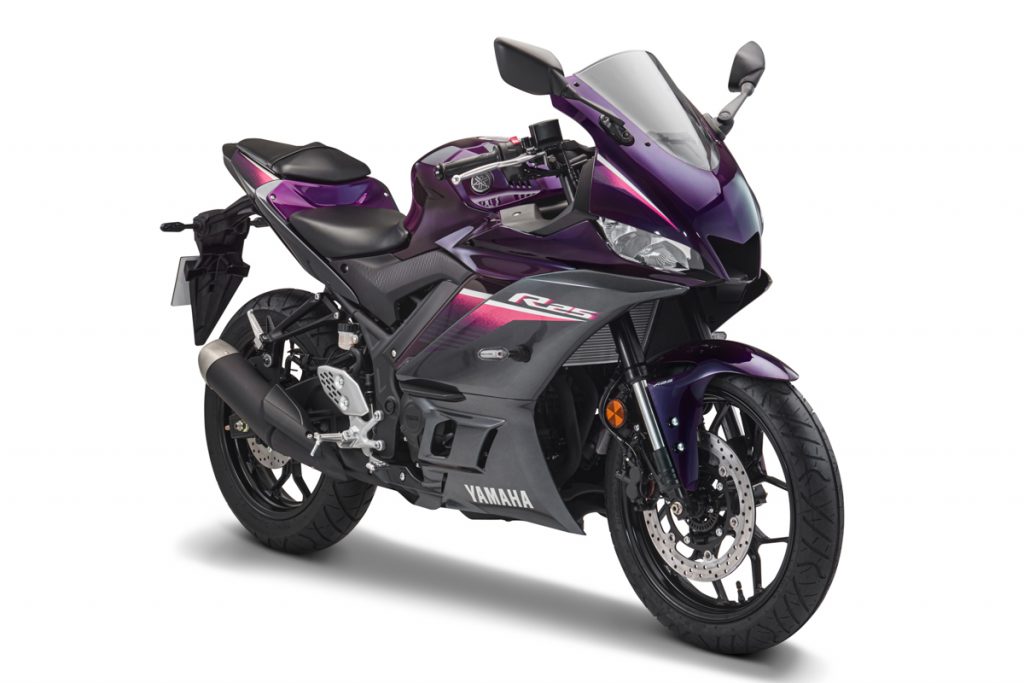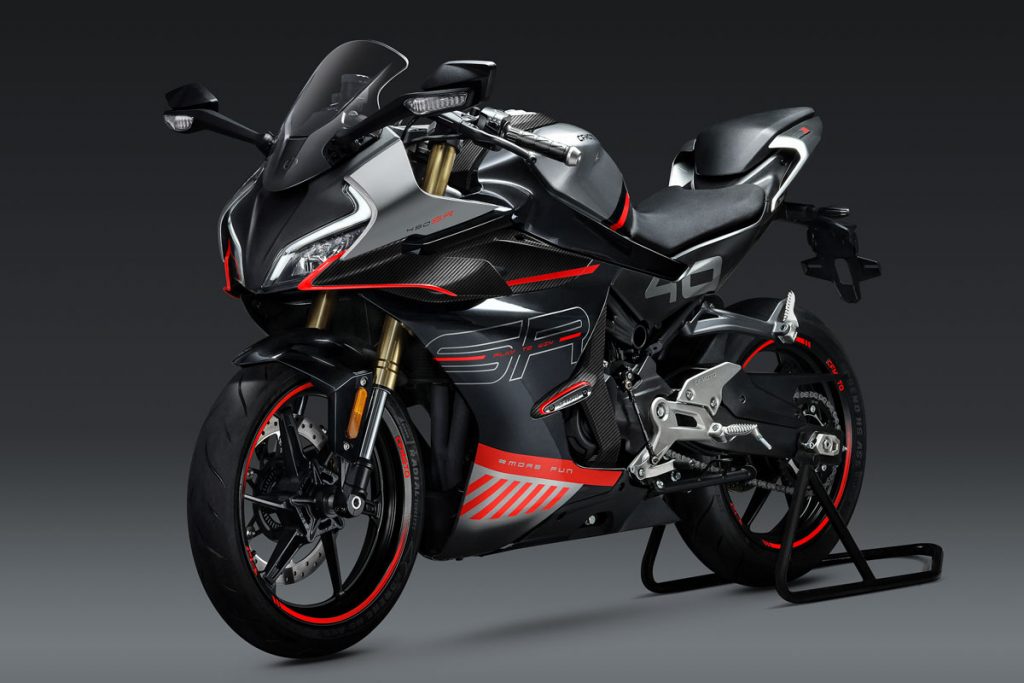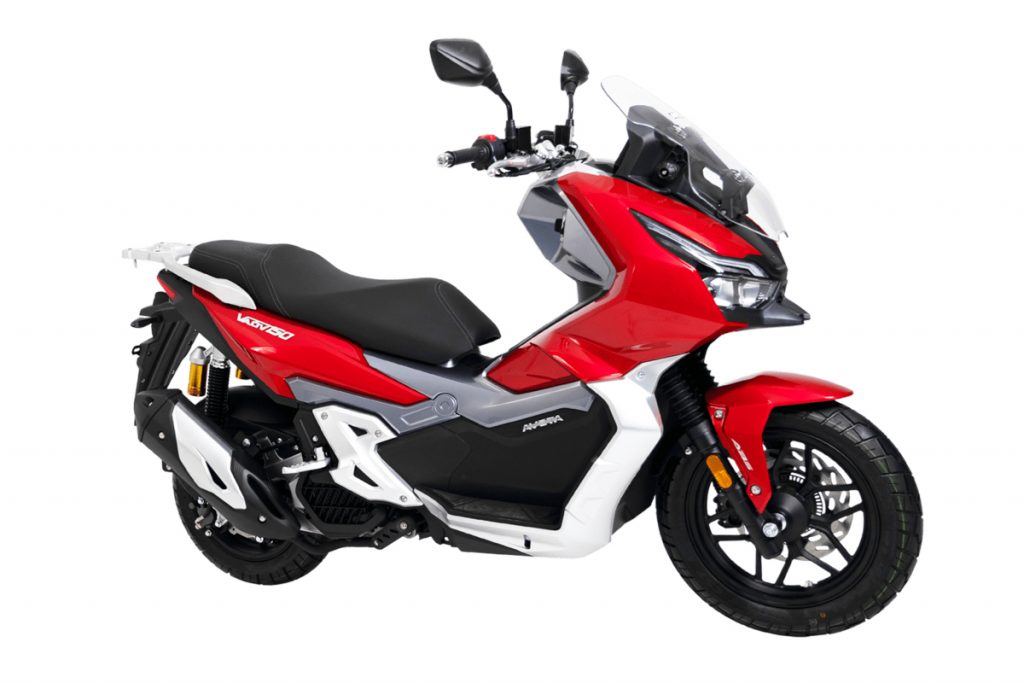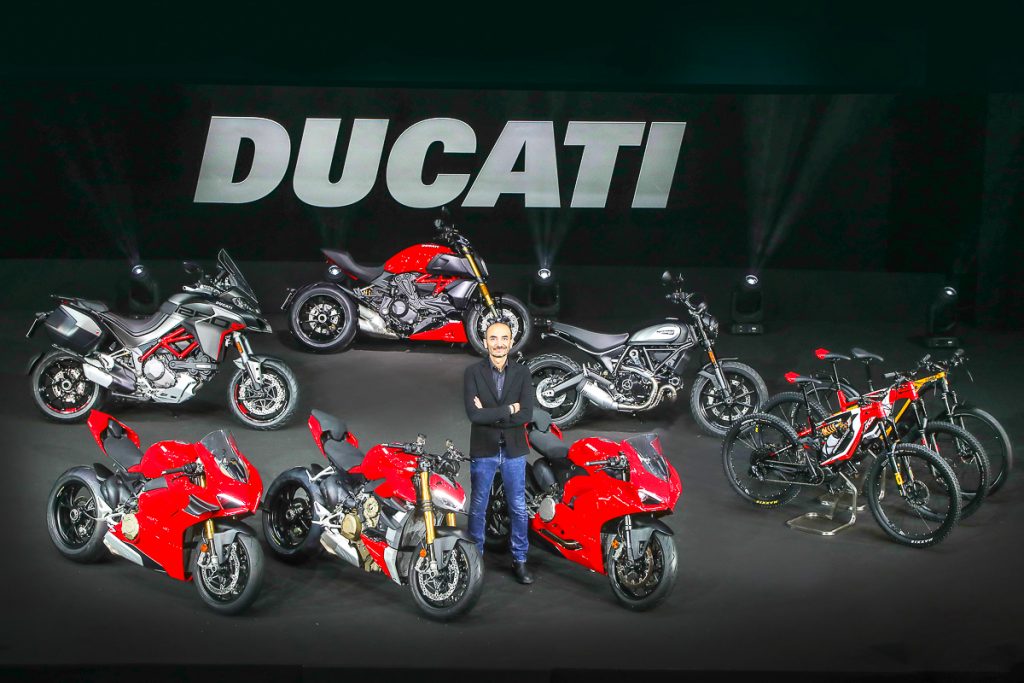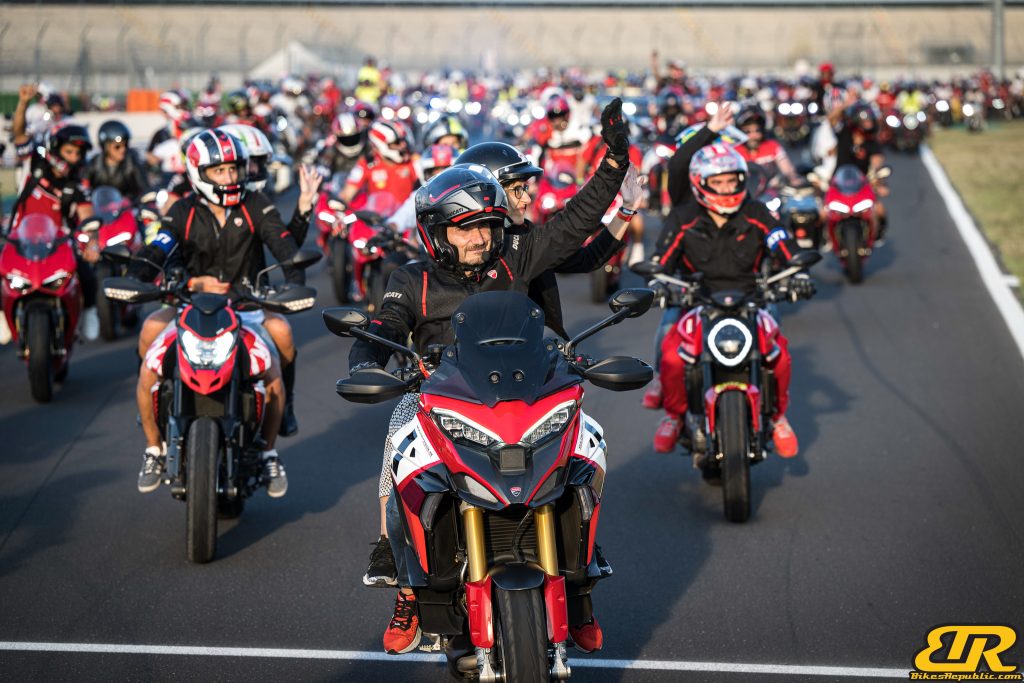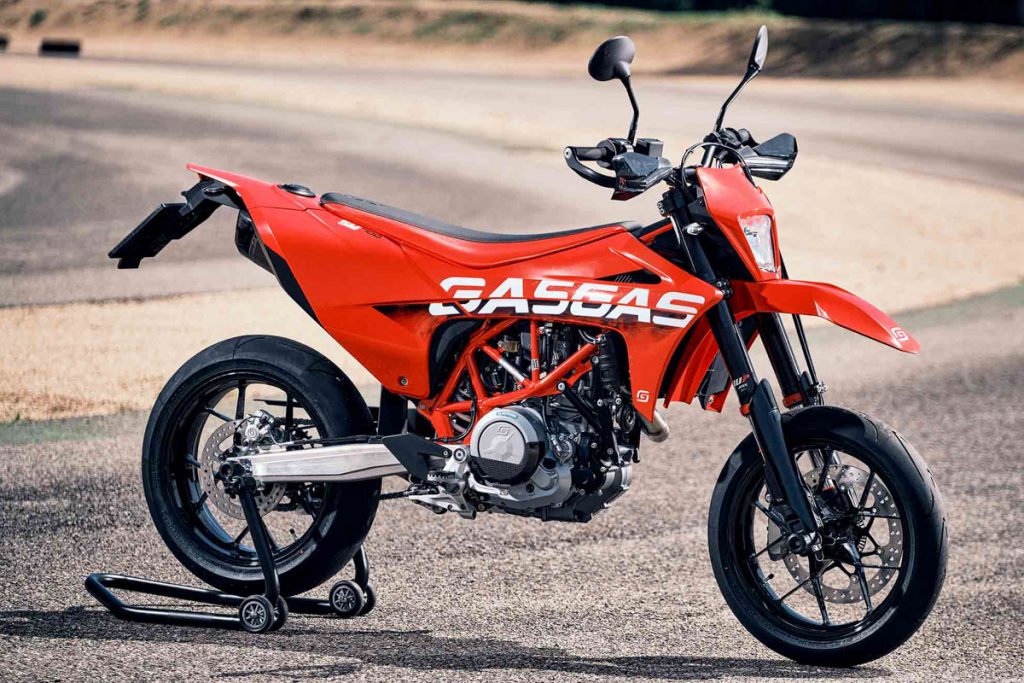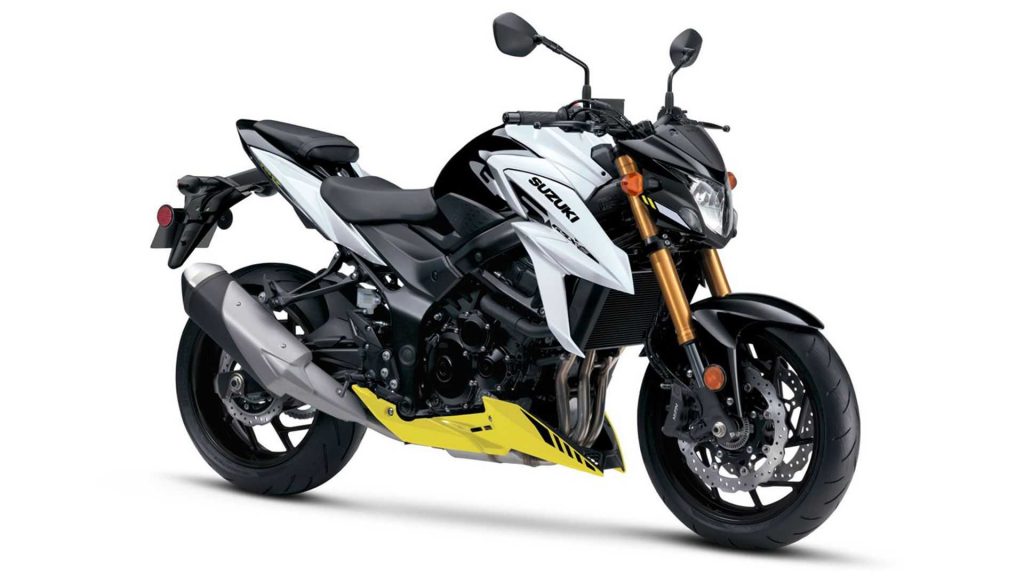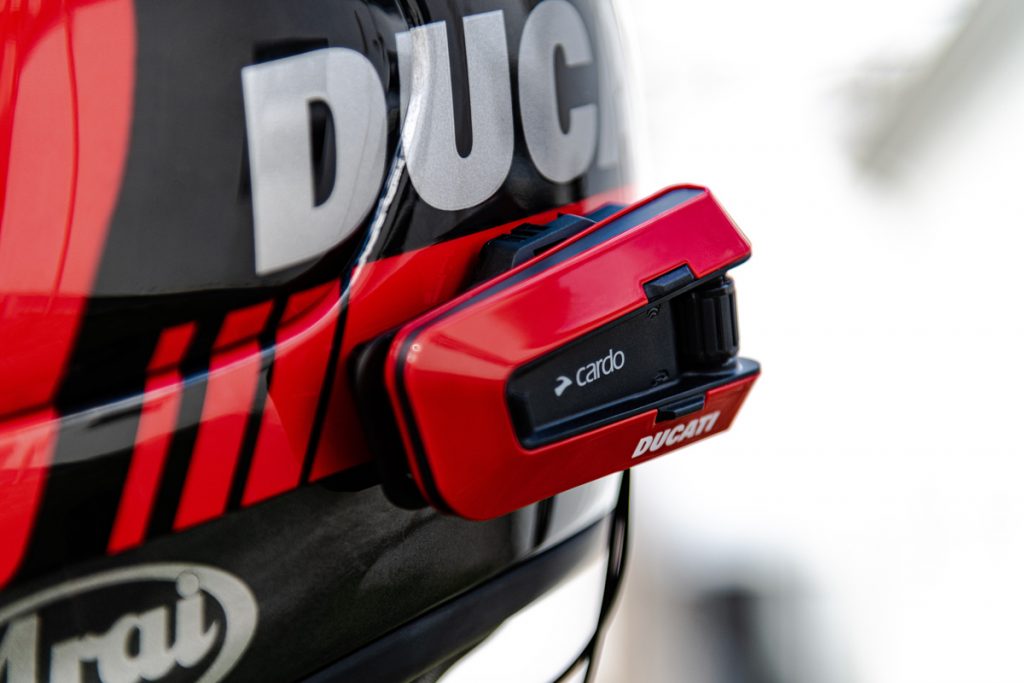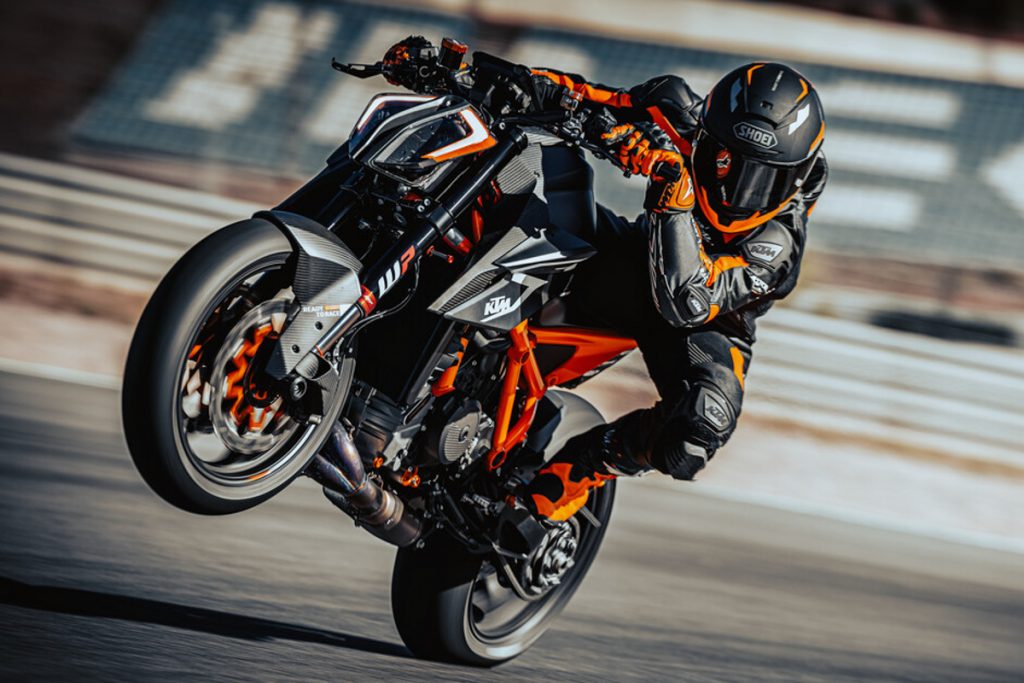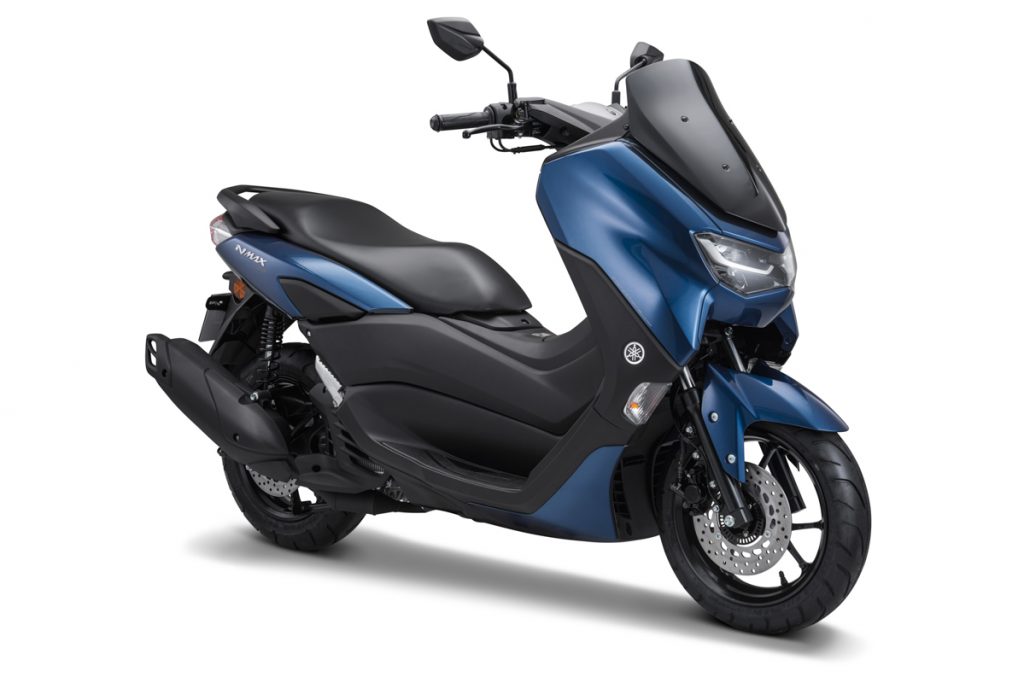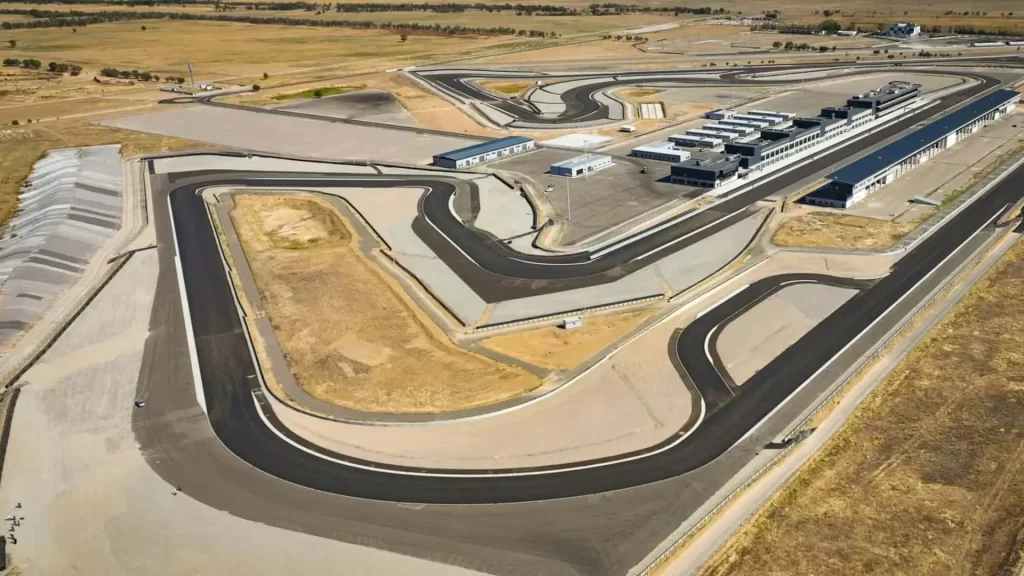SW-Motech, a leading manufacturer of motorcycle accessories, has announced a new range of crash protection accessories for the Ducati DesertX adventure bike.
- The new range follows the success of SW-Motech’s tank bag for the DesertX.
- The new range puts SW-Motech in direct competition with Wunderlich, who launched a range of add-ons earlier this year.
The new range from SW-Motech includes the Upper Crash Bar, which is made from powder-coated steel tubing and protects the fairing panels, lower section of the fuel tank, and upper part of the engine. The Upper Crash Bar also features multiple mounting points, which spread impact forces.
The Engine Guard, which is a 4mm-thick aluminium plate, protects the sump, front cylinder casings, and exhaust header. The Engine Guard attaches via existing mounts, and also features a recess for the oil drain plug.
The Front Axle Sliders, which feature a reinforced core and replaceable polypropylene shells, protect the front axle of the bike.
The Water Pump Protector, which is CNC-milled from anodised aluminium alloy, fits to existing mounting points on the bike, and protects the water pump.
The Centre Stand from SW-Motech is made of powder-coated steel tubes and features an outrigger for easy operation. Finally, the Sidestand Foot Extender, which is CNC-milled from anodised aluminium alloy and stainless steel, provides additional support for the bike when parked on uneven surfaces.
All of the new range of accessories from SW-Motech for the Ducati DesertX adventure bike are available on the SW-Motech website. With the addition of these new accessories, SW-Motech has further established itself as a leading manufacturer of motorcycle accessories, providing riders with the peace of mind they need when taking on tough terrain.



